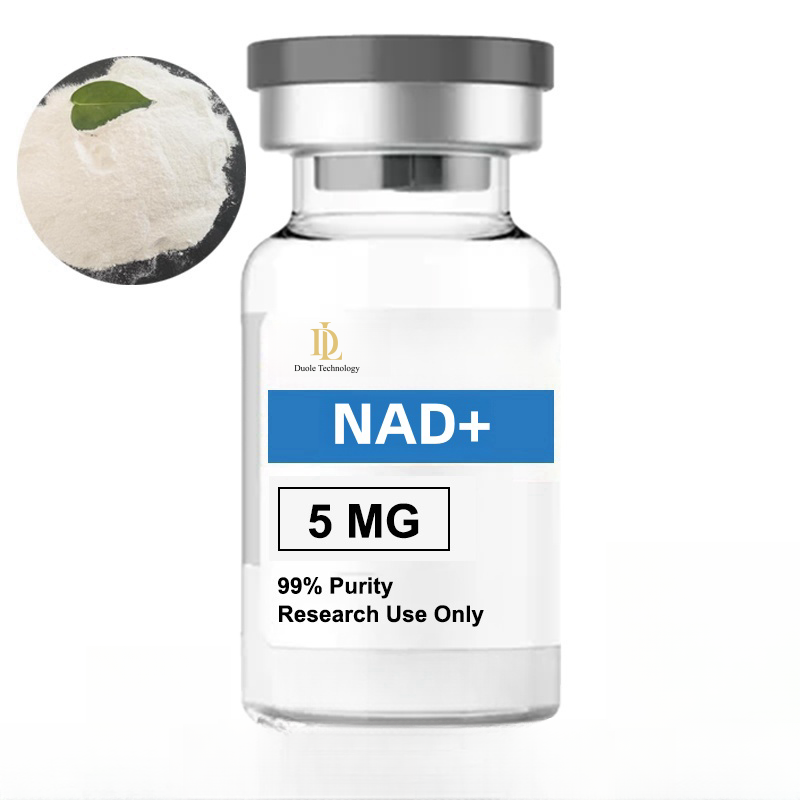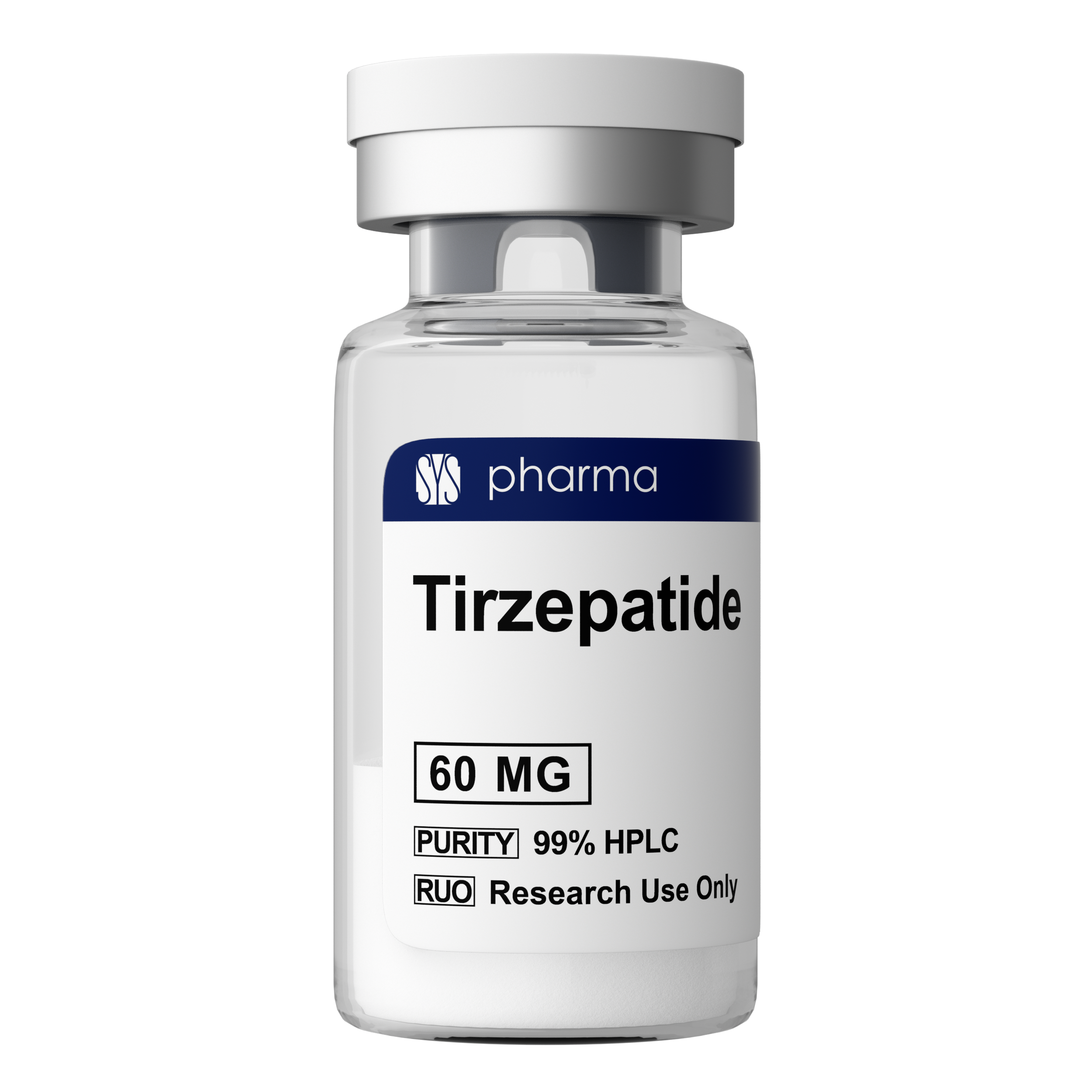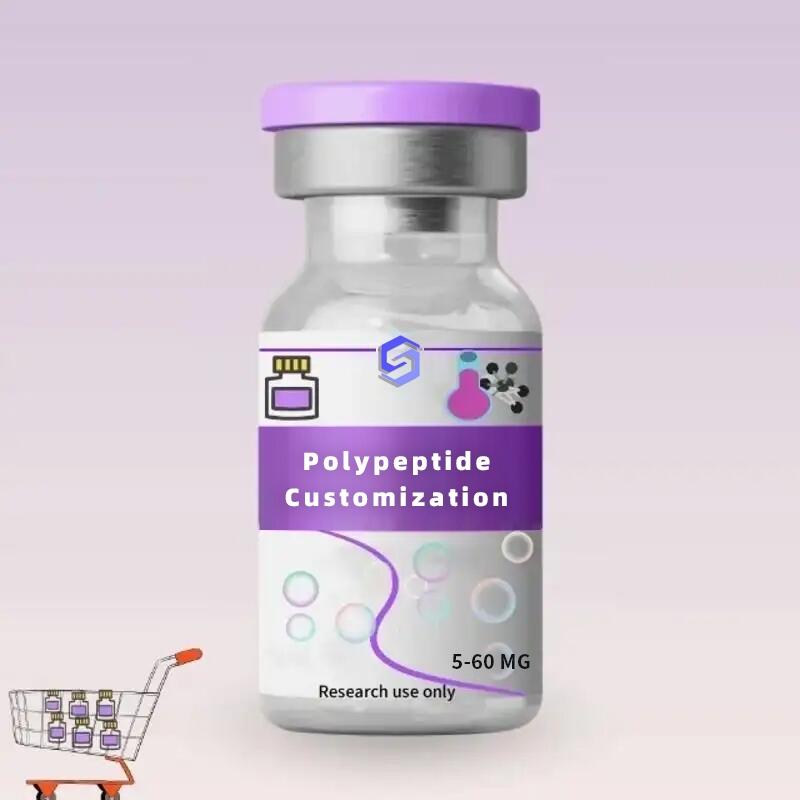-
Categories
-
Pharmaceutical Intermediates
-
Active Pharmaceutical Ingredients
-
Food Additives
- Industrial Coatings
- Agrochemicals
- Dyes and Pigments
- Surfactant
- Flavors and Fragrances
- Chemical Reagents
- Catalyst and Auxiliary
- Natural Products
- Inorganic Chemistry
-
Organic Chemistry
-
Biochemical Engineering
- Analytical Chemistry
-
Cosmetic Ingredient
- Water Treatment Chemical
-
Pharmaceutical Intermediates
Promotion
ECHEMI Mall
Wholesale
Weekly Price
Exhibition
News
-
Trade Service
Title: The Production of Phenylmethyl (2S)-2-(8-amino-1-bromoimidazo[1,5-a]pyrazin-3-yl)-1-pyrrolidinecarboxylate: A Comprehensive Guide for the Chemical Industry
Introduction:
The pharmaceutical industry is constantly evolving, with new drugs and treatments being developed every year.
The development of new drugs is a complex process that involves various stages, including the synthesis of novel compounds.
Phenylmethyl (2S)-2-(8-amino-1-bromoimidazo[1,5-a]pyrazin-3-yl)-1-pyrrolidinecarboxylate is an example of a novel compound that has been synthesized for use as a potential treatment for cancer.
This article provides a comprehensive guide to the production of this compound, including the chemical reactions involved and the optimization of the synthesis process.
Synthesis of Phenylmethyl (2S)-2-(8-amino-1-bromoimidazo[1,5-a]pyrazin-3-yl)-1-pyrrolidinecarboxylate:
The synthesis of phenylmethyl (2S)-2-(8-amino-1-bromoimidazo[1,5-a]pyrazin-3-yl)-1-pyrrolidinecarboxylate involves several chemical reactions, including alkylation, bromination, and pyrrolidone formation.
These reactions are carried out in a series of steps, with each step building on the previous one.
The resulting compound is a complex, heterocyclic molecule with a unique structure and potential therapeutic properties.
Step 1: Alkylation
The synthesis of phenylmethyl (2S)-2-(8-amino-1-bromoimidazo[1,5-a]pyrazin-3-yl)-1-pyrrolidinecarboxylate begins with the alkylation of methylamine with an appropriate alkyl halide.
The choice of alkyl halide will depend on the desired structure of the final product.
The alkylation reaction is carried out in the presence of a catalyst, such as an alkali metal catalyst, to increase the efficiency of the reaction.
The resulting product is a primary amine, which is used as a starting material for the next step.
Step 2: Bromination
The primary amine obtained from the alkylation step is then subjected to bromination, which involves the addition of a bromine source to the nitrogen atom of the primary amine.
The bromination reaction is carried out in the presence of a metal catalyst, such as copper(II) bromide, to increase the efficiency of the reaction.
The resulting product is a secondary amine, which is used as a starting material for the next step.
Step 3: Pyrrolidone Formation
The secondary amine obtained from the bromination step is then subjected to pyrrolidone formation, which involves the condensation of two molecules of the secondary amine to form a piperazine ring.
The pyrrolidone formation reaction is carried out in the presence of an acid catalyst, such as hydrochloric acid, to increase the efficiency of the reaction.
The resulting product is a tertiary amine, which is used as a starting material for the next step.
Step 4: Final Synthesis Step
The tertiary amine obtained from the pyrrolidone formation step is then subjected to the final synthesis step, which involves the addition of a suitable electrophile to form the final product, phenylmethyl (2S)-2-(8-amino-1-bromoimidazo[1,5-a]pyrazin-3-yl)-1-pyrrolidinecarboxylate.
The choice of electrophile will depend on the desired structure of the final product.
The final synthesis step is carried out







